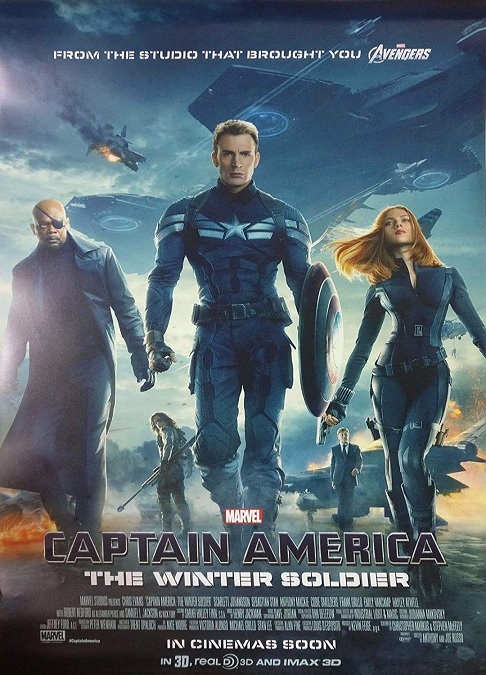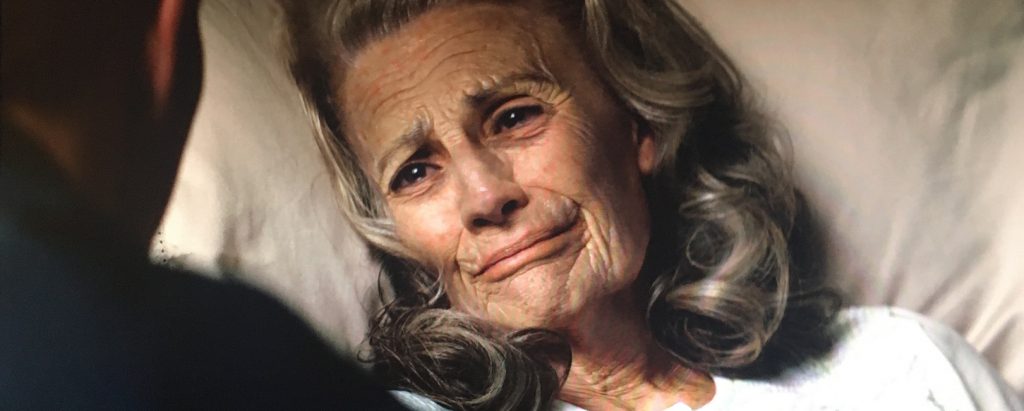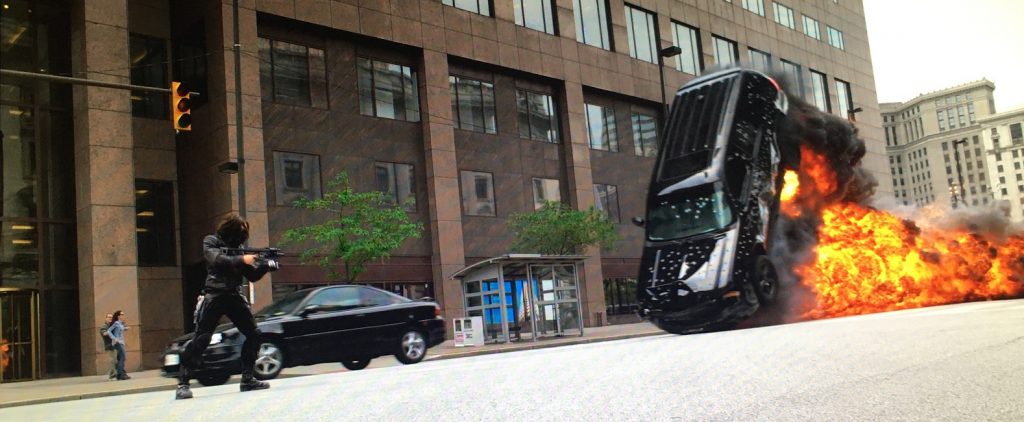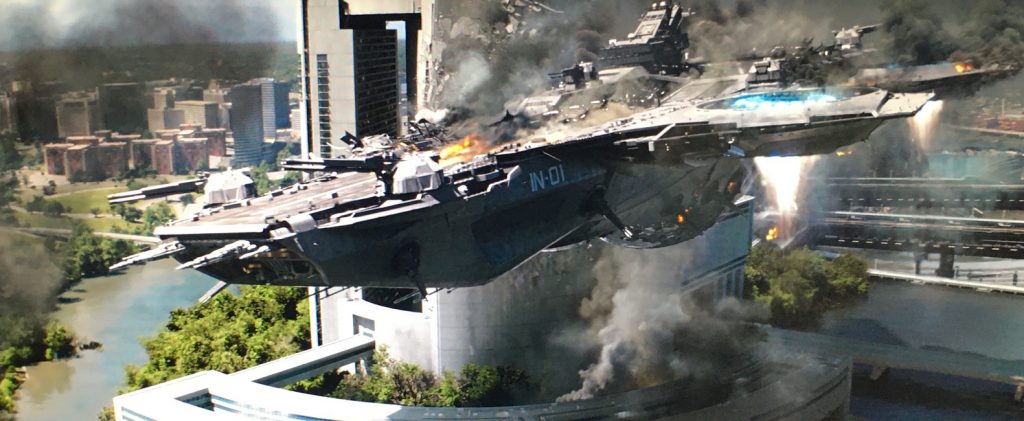



Captain America: The Winter Soldier

The visual effects for this movie were somewhat understated, especially when compared to some of the other nominees in the category. While Captain America is in incredibly important and powerful character in the MCU, his powers aren’t as flashy as other superheroes like Iron Man or the Hulk. As a result, the bulk of this movie’s visual effects were, likewise, not as flashy. They were most definitely there, but they were of a less noticeable nature.
Cap’s powers are enhanced speed, strength, and endurance. These things can often be shown without the need for CGI effects. The same could be said for Black Widow. You get a good action sequence choreographer, lots of wire work, and a skilled team of stunt men and women, and that covers most of it. Sure, Captain America has his shield, which is equally effective as both offense and defense, and that was a mix of practical and digital effects work, but that was about it. And then we had the Falcon, a man with mechanical wings and a super powerful jet pack. His fast-flying acrobatics was a fantastic combination of wire-work, and CGI. But as you might guess, there was more to it than that, and I’ll get to it in a moment.
So what was it that got this movie nominated for the Best Visual Effects Award? When I did a little research, I learned that the effect that visual effects supervisor for Lola VFX, Edson Williams, found the most challenging, and of which the film’s visual effects supervisor, Dan DeLeeuw was the proudest, was the aging of Peggy Carter. Apparently, none of the old-age prosthetics or makeup designs were not giving them the results they wanted. In order to make the 33-year-old actress. Hayley Atwell, look like a 60-year-old woman, a new and innovative technique was used. They filmed Atwell performing the scene. Then, using 8 cameras, they filmed an elderly woman performing the scene, matching Atwell’s movements. Then they digitally projected the elderly woman’s wrinkled skin onto Atwell’s face.
They also used digital facial mapping to put Anthony Mackie’s face onto the CGI shots as the Falcon sped through the frame. According to an article by Rick Marshall, “In order to get the facial models just right, Mackie was required to stand in a ‘dome’ of cameras that could record every angle of his expressions in order to properly replicate them as his character spins, flips, and careens through the sky. These facial models were then blended with the digitally created portions of the sequence, and later merged with the practical effects and wire-work sequences.”
Of course, I would be remiss if I didn’t mention the three massive hellicarriers that ended up shooting each other down at the end of the film. One of them crashed into a sky-scraper as it fell, burning, out of the sky. These had to have been completely CGI, but they were incredibly photo-realistic. The stunts, the fights, the explosions, the smoke, and the flying debris, all made for an intense climax to this action-packed superhero movie. Like I said, it wasn’t as flashy as many of the other MCU films, but it certainly had just as many top-notch visual effects.